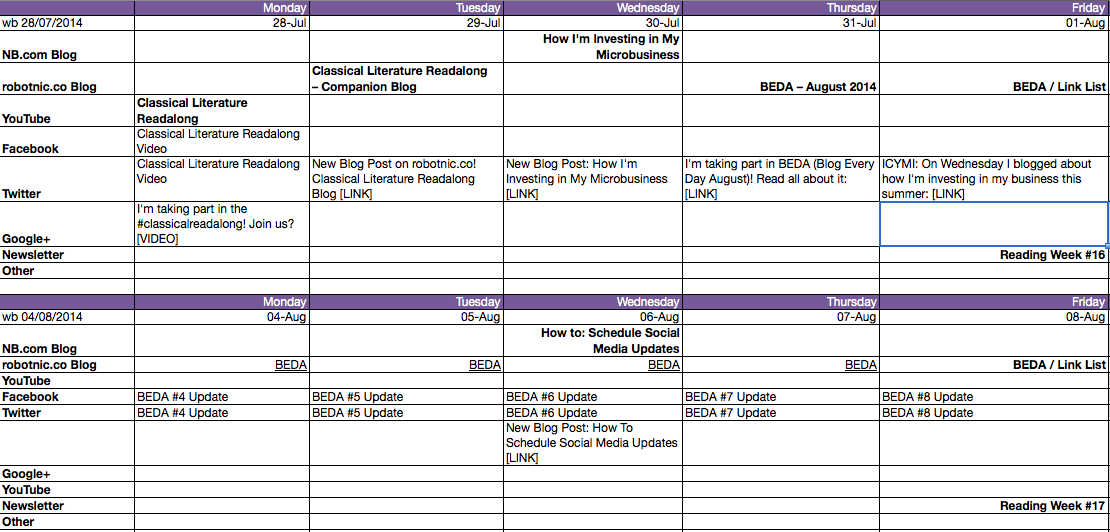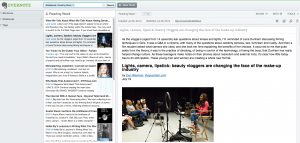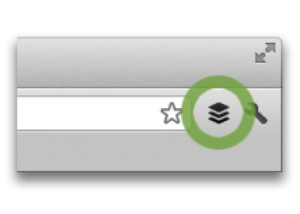
The Generation Gap
I was chatting with my father-in-law the other day, and he related a story about hiring a new Marketing Director on one of his projects.
They had found an excellent candidate, fully qualified and keen to work… but her idea of working benefits didn’t quite match those of the interview board members. They were offering a base salary, goal-driven incentives, and health care – a package that they felt was air-tight. She asked about gas mileage, the ability to work from home, and general perks that the business might offer her.
What happened to taking the deal you’re offered? seemed to be the employers’ stance. I argued that the ability to telecommute and on-the-job perks are far greater incentives than salary-driven commissions nowadays. Today’s young professionals are an inherently different breed.
If it ain’t broke…
We are living in an interesting time – one in which young up-and-comers have new concerns and aspirations. We know that job security is a distant dream, and would rather have the freedom to work away from the office and make our own hours than to strive towards (often arbitrary) employer-set goals.
The aspects of work in which we find value, or seek to do so, have changed drastically over the past 20 years. Those who have been in the work force for upwards of 40 graduated into a very different system than ours. They took what they could and worked their way up. There was structure, job security, and economic incentive.
The idea that those with that once-privileged position were virtuous, and that today’s young professionals are entitled young upstarts who negotiate for more than we’re worth is patently ridiculous. It’s an attitude that I’m glad and lucky enough to largely avoid, working mostly in young, innovative industries led by people with similar value systems to mine. (I work in digital and social media – it’s a self-selecting client base. But there’s the rub.)
This got me to thinking about my own life and work.
I have been freelancing now for 3 years, and have never looked back.
I’ve never had a full-time, permenant contract, PAYE office job. I worked part-time in my current field while I studied for my Masters, followed bya series of long-term part-time commitments. Mine has been a portfolio career since day 1.
So why do I do it?
I love the freedom and flexibility that freelancing gives me. Setting my own hours gives me freedom to pursue outside projects, like writing a book or travelling to California to visit the in-laws for 3 weeks without having to take time off.
Freelancing also incentivises me to work, too. At a job you show up, you work, you get paid. Coast for a while, and as long as you don’t get up anyone’s nose, you still get paid. Where’s the incentive? For me, if I really want that new laptop or to pay for a trip, I pick up as much work as possible. When it’s time to take a break – like this month – I can wind it down for a bit.
This isn’t a new attitude for me. As a teenager, all of my friends had part-time jobs in retail. I did too, but always treated it more like seasonal work. I’d get a 4-hour per week contract, work 4-12 hours per week for a few months, then quit. Part of this had to do with living in one town and going to university in another. But mostly it was because I was happy to save up a chunk of money then live on it while taking a longer break.
Why it’s backwards-compatible
Once this taught my Dad a lesson. (One that he’s happy to admit – promise!) It was summer – my last at home before university started – and I got a job at a local supermarket. I’d worked there before, before dropping it to study for and sit my final exams and get out of school as early as possible. When I went back, I was put in the café. It was hot and miserable, I came home stinking of fryer fat, and I’d rather be watching Wimbledon. So that’s what I did. I quit and I watched Wimbledon. At first my dad was pretty angry. Why is she sitting around while she could be making some pocket money? Then a while later, he told me – hey, why should you work a rubbish job when you could be enjoying the time off?
That’s the philosophy I took with me from my pre-university summer all the way to this one, 9 years later. Like that adage: I work to live, not live to work. As a mid-recession graduate, it’s one of the few perks the economy has afforded me.
So give it a shot
Am I entitled for demanding a work life that I want? I don’t see it that way. Being freelance doesn’t make my wants any different from those of my peers. The difference is that I don’t have to face the gatekeeper.
In fact, maybe in 20 years I’ll be the gatekeeper, wondering why the class of 2025 wants a whole different world of working benefits.
Let’s see what the next 20 years bring.
––
Fancy receiving a free monthly newsletter from nicolabalkind.com? Sign up here.





